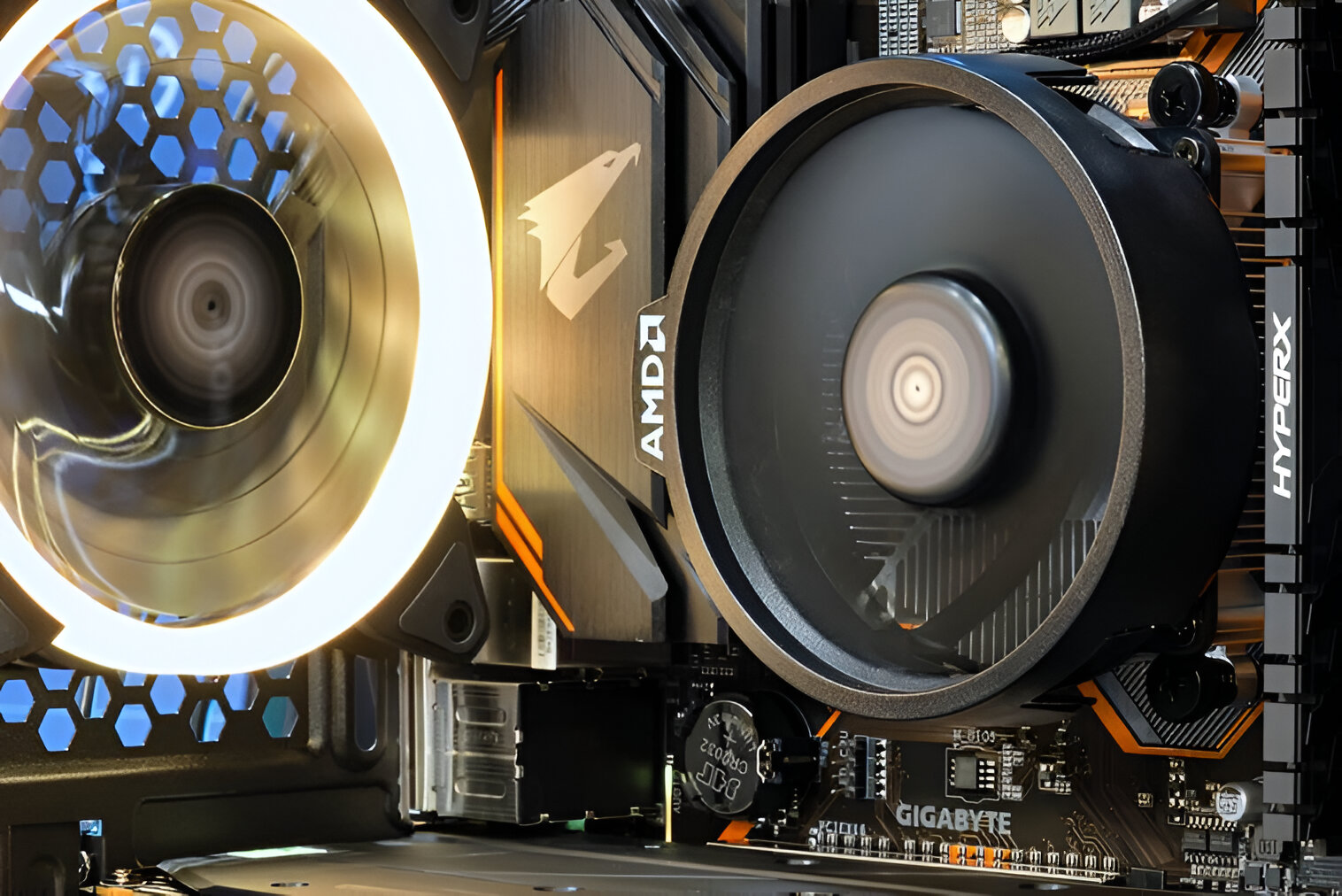Most CPU coolers will clearly state the supported socket types in their specifications.
Additionally, it is crucial to ensure that the CPU coolers mounting mechanism matches the sockets mounting holes.
confirm that the mounting mechanism aligns with the holes present on your motherboard.

Case manufacturers often specify a maximum CPU cooler height that their cases can accommodate.
Before choosing a CPU cooler, check the maximum CPU cooler height supported by your case.
you’re able to typically find this information in the cases manual or on the manufacturers website.
Some CPU coolers feature wider heat sinks or fans that may obstruct or interfere with taller RAM modules.
Its worth noting thatlow-profile CPU coolersare specifically designed for cases with limited clearance.
Ensuring adequate clearance will help prevent any complications during installation and optimize the overall performance of your system.
Case Clearance
When determining CPU cooler compatibility, it is crucial to consider the overall case clearance.
One important aspect of case clearance is the space around the CPU socket.
Some high-performance CPU coolers come with large heat sinks or multiple fans for improved cooling.
Additionally, consider the clearance between the CPU coolers heat sink or fan and other components within the case.
This will prevent any physical contact or obstruction, ensuring proper functionality and preventing potential damage.
Furthermore, consider the position and layout of other components, such as the GPU or storage drives.
Its essential to check the dimensions and layout of your components to ensure compatibility and proper installation.
Some cases also have specific openings or mounting areas designated for CPU cooler installation.
Sufficient clearance allows for adequate airflow and optimal cooling performance, ensuring the longevity and stability of your system.
These modules offer a slimmer profile, minimizing the chances of interference with the CPU cooler.
The size of the fan can impact compatibility with your case and other components.
Common fan sizes include 120mm, 140mm, and 200mm, although other sizes are also available.
Check the specifications of your case to determine the maximum fan size that it can accommodate.
This information is typically found in the case manual or on the manufacturers website.
In addition to fan size, consider the fans location on the CPU cooler.
Take into account the dimensions and location of these components when selecting a CPU cooler.
Some CPU coolers offer adjustable fan positions or removable fan clips to provide more flexibility in terms of compatibility.
Consider the direction of airflow as well.
Choose a CPU cooler that aligns with your cases airflow design for optimal cooling efficiency.
Check for compatibility with radiator sizes, tubing lengths and diameters, and pump and reservoir configurations.
Mounting Options:Consider the mounting options available in your case for installing the CPU cooler.
Some cases have mounting brackets or provisions for top, front, or rear CPU cooler installation.
ensure that the CPU coolers mounting mechanism aligns with these options to ensure a secure and proper fit.
CPU Cooler Mounting Bracket:Some CPU coolers require a specific mounting bracket for installation.
Ensure that the mounting bracket provided with the CPU cooler is compatible with your case and motherboard.
Manufacturer Recommendations:Check the CPU cooler compatibility recommendations provided by your CPU or motherboard manufacturer.
Budget and Aesthetic Preferences:While compatibility is essential, consider your budget and aesthetic preferences as well.
There is a wide range of CPU coolers available, offering different features, designs, and price points.
Choose a CPU cooler that fits within your budget and matches the aesthetic style you desire for your system.
Conclusion
Ensuring CPU cooler compatibility is essential for a successful computer build or upgrade.
RAM clearance is another critical factor to consider, as some CPU coolers may obstruct taller RAM modules.
Checking clearance specifications ensures that the CPU cooler and RAM modules can coexist without any compatibility issues.